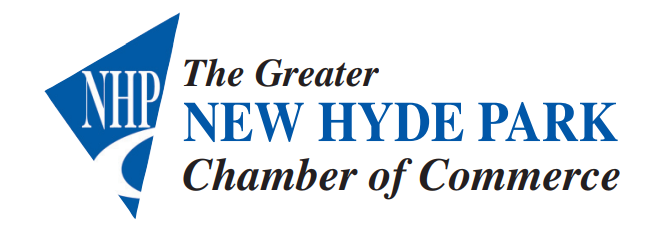The Numbers Breathe: Keeping Cash Flow Alive in a Small Business World
A healthy business doesn’t just depend on profits—it depends on movement. Cash flow is the pulse that keeps operations agile and decisions timely. While sales might show how much money is on the table, cash flow reveals whether that money is actually within reach. For small business owners, particularly those still forging their path, mastering the rhythm of income and expenses is essential to both stability and scale.
Don’t Just Forecast—Anticipate
Most small business owners forecast earnings and expenditures, but few anticipate the financial terrain ahead. It’s not enough to project monthly cash flow; it’s about understanding what could disrupt it. Will a seasonal dip in sales coincide with a major supplier invoice? Could a large client delay payment beyond 30 days? Building in buffers for those moments creates financial breathing room and avoids last-minute scrambles to cover costs.
Structure That Pays Back
Choosing to form a limited liability company doesn’t just offer legal protection—it can also streamline your finances. With an LLC, separating business and personal expenses becomes cleaner, making tax time less chaotic and cash management more predictable. You may also unlock eligibility for business-specific tax deductions and credits that sole proprietors miss entirely. If you're looking into how to form an LLC in New York, you can save on attorney fees by self-filing or using a reputable business formation service that simplifies the process without the high price tag.
Speed Up What Comes In
One of the fastest ways to fix a sluggish cash flow is tightening the time it takes to collect payment. Offering small incentives for early payments, such as a 2% discount if paid within ten days, can shift customer habits without hurting the bottom line. It also helps to invoice immediately and follow up consistently—slow paperwork can be as damaging as a slow-paying client. Payment terms should be clear from the start, not negotiated once the bill is overdue.
Slow Down What Goes Out
Just as important as accelerating receivables is managing payables with intention. A healthy cash flow strategy doesn’t mean delaying payments irresponsibly—but it does mean leveraging terms fully. If vendors offer 30-day terms, don’t pay on day five unless there’s a benefit to doing so. Strategic use of payment schedules, particularly when expenses are recurring, lets businesses hold onto cash longer and maintain reserves for unforeseen needs.
Don’t Let Inventory Become a Trap
Inventory might look like an asset on paper, but too much of it ties up cash that could be better used elsewhere. Stockpiling products based on guesswork rather than data can quietly sabotage growth. Use tools—or simply sharp observation—to track which items move and which don’t. Lean inventory practices, such as just-in-time ordering, free up working capital without sacrificing reliability.
Line Up Credit Before It’s Urgent
Too many small business owners only think about credit when they’re desperate for it. But the best time to secure a line of credit is before it’s needed—when the books are stable, and the outlook is strong. With pre-approved access to short-term funds, cash flow gaps don’t turn into business emergencies. It also allows owners to seize opportunities that require upfront costs, like unexpected bulk deals or high-value marketing pushes.
Don’t Ignore the Hidden Costs of Growth
Growth can be a double-edged sword if it outpaces cash flow. New clients often mean hiring more staff, buying more materials, or upgrading systems—costs that hit long before the revenue comes in. Carefully tracking the cash implications of every expansion move keeps growth sustainable. A booming order sheet means nothing if the business doesn’t have the liquidity to fulfill it without strain.
Make Friends with Real-Time Data
No spreadsheet tucked away in a desktop folder will cut it anymore. Real-time financial dashboards, even the most basic ones, give small business owners a view into where cash is moving at any given moment. When that data informs decisions daily, owners stop reacting and start strategizing. And with clearer visibility, small tweaks—like adjusting an invoice schedule or catching an expense trend—can have an outsized impact on cash health.
A profitable business can still go under if it’s not liquid. That’s the reality for many small ventures that learn too late that revenue doesn’t equal readiness. Keeping a close eye on when money arrives and when it leaves—and fine-tuning that rhythm—turns a vulnerable business into a resilient one. It’s not flashy, and it doesn’t always show up in headlines, but cash flow mastery is where real longevity begins.
Discover opportunities and vibrant community connections with the Greater New Hyde Park Chamber of Commerce — where local businesses thrive and grow together!


